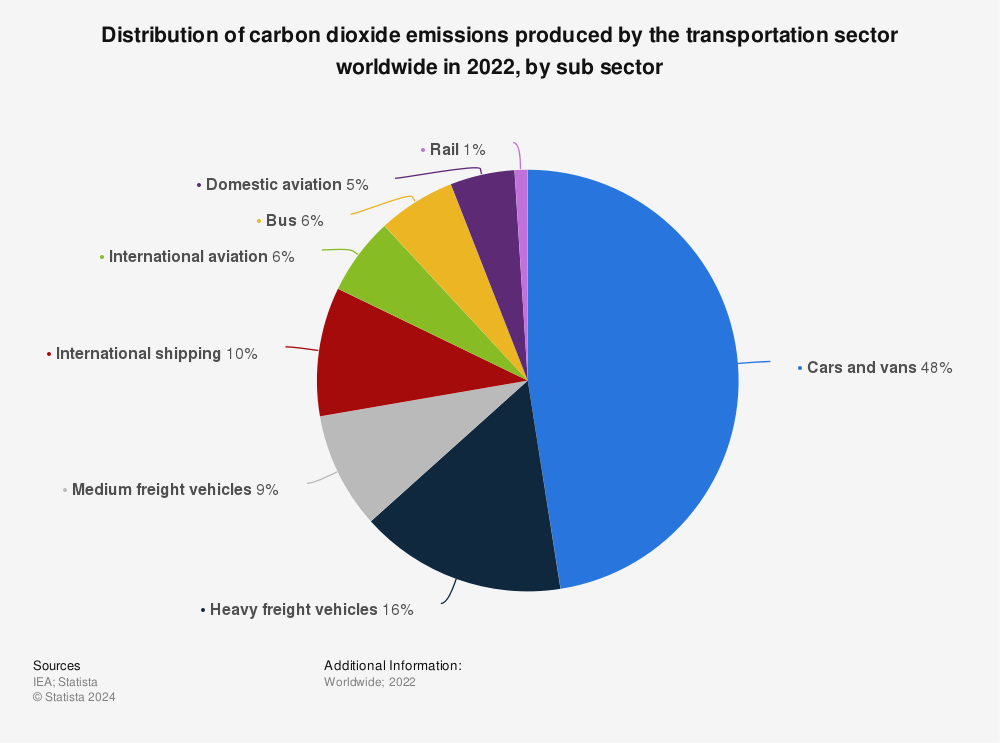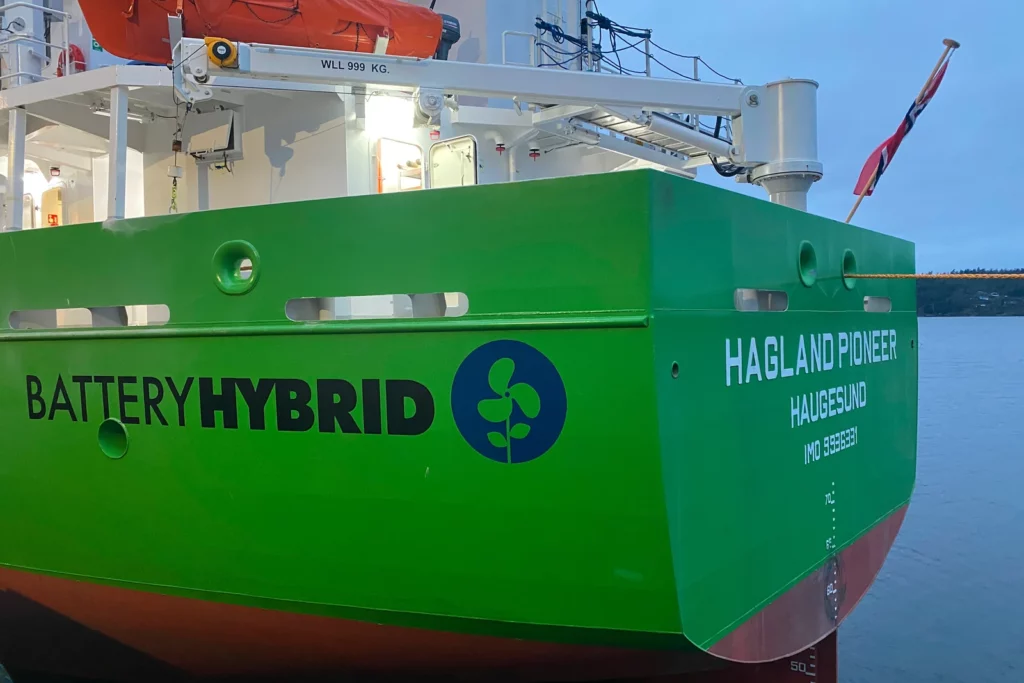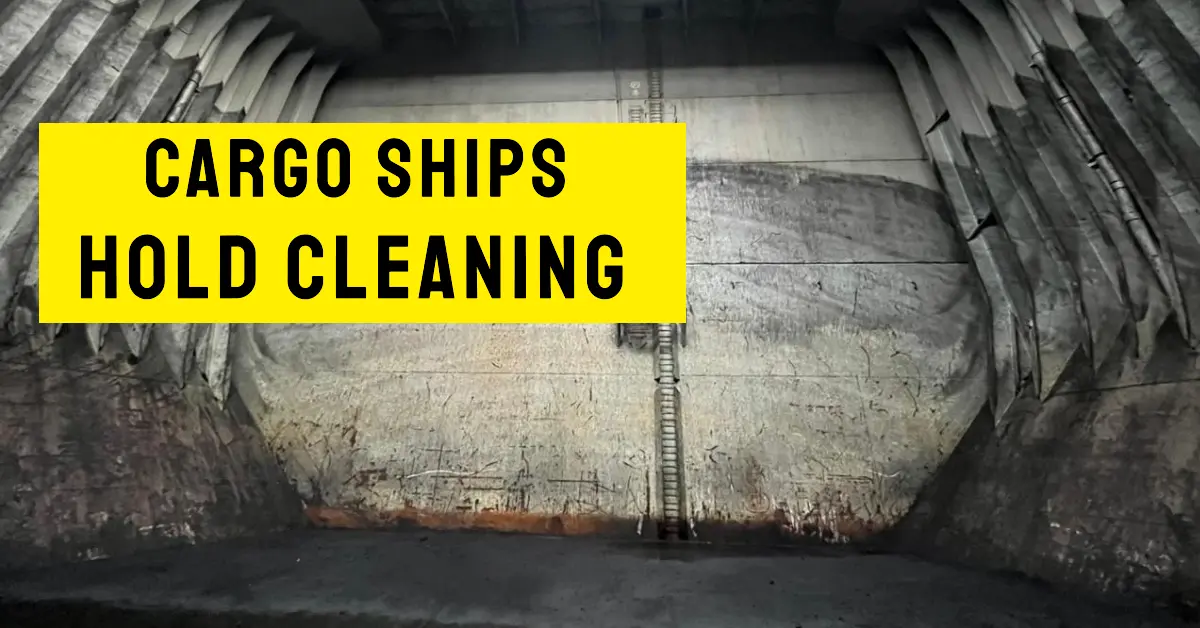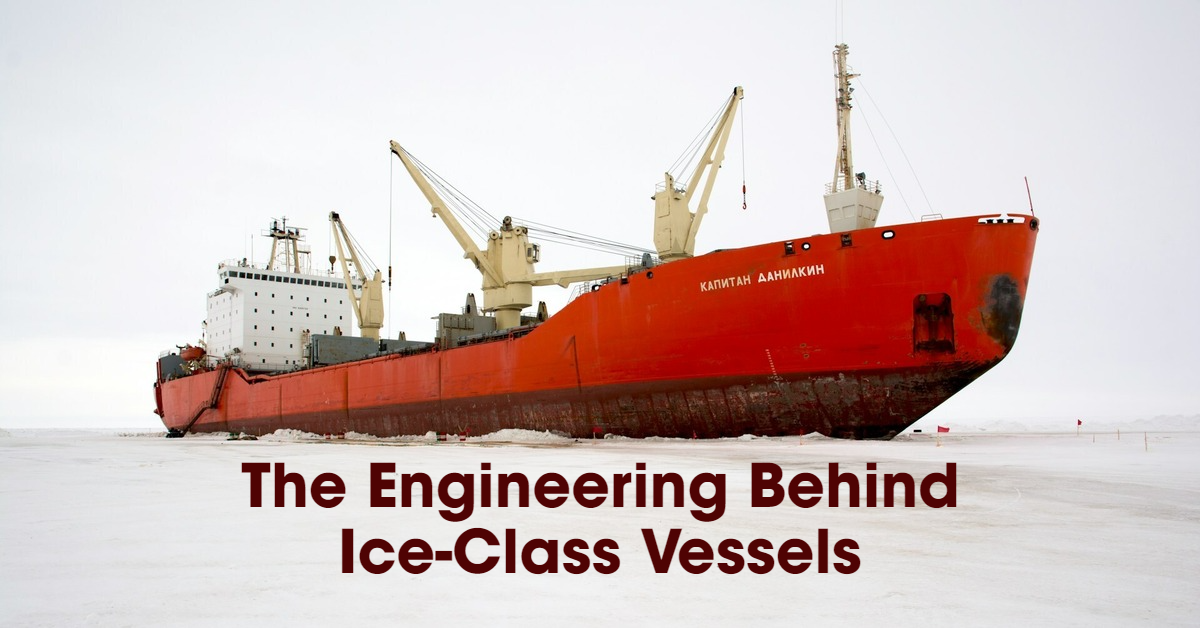The term decarbonization shipping industry simply means removing carbon dioxide and in the maritime industry, decarbonization focuses on moving away from traditional propulsion systems using fossil fuels which emit carbon dioxide as a byproduct to propel the vessels.
In this attempt, we focus on shifting to a new clean energy system that can help prevent the production of carbon dioxide or work with the existing systems so as to limit the amount of carbon dioxide which is released into the environment.
One of the major concerns due to the increase in carbon dioxide levels is global warming and climate change which thereby causes rising sea levels and natural calamities.
The maritime sector is one of the most widely used logistics systems throughout the world and plays a huge role in the production of global greenhouse gas emissions and it is high time to start decarbonization in this sector. As per statistics published by Statista, ocean and seagoing transport are responsible for 11% of carbon dioxide emissions produced by the transportation sector worldwide in 2020.

New techniques and methods are being adopted worldwide to revolutionize the industry. Sustainable and environment-friendly solutions are being used throughout all industries due to rising concerns about climate change and global warming.
Decarbonization has been an issue that has been discussed throughout all industries and in terms of the marine industry many companies and governments throughout the world have been taking up decarbonization in their policies and business strategies.
Regulatory bodies such as IMO (International Maritime Organization) have also set targets to reduce global carbon emissions due to shipping to 50% by the year 2050. Let us get into more detail to understand more about decarbonization.
Steps to Decarbonization Shipping Industry
The primary approach toward decarbonization can be changing the type of fuel used for vessel propulsion. Decarbonization can be reduced to high values by introducing alternative fuel options such as biofuels, LNG, hydrogen-based fuels, nuclear power, or electric propulsion systems.
Again, these options can’t be implemented in a short period of time as there will be a lack of resources, machinery and implementation costs, and so on.

Another approach is Increasing vessel efficiency so as to reduce the carbon dioxide emissions from vessels. The same can be achieved by vessel performance optimization through regular maintenance on engines, hull cleaning for marine growth, propeller optimization, and so on.
Policies can be introduced for newly built vessels to ensure reduced emissions of carbon. Naval architects can come up with efficient lightweight hull design solutions such that even if the conventional fuel system is used, it is burnt in lesser quantities which thereby reduces the amount of carbon dioxide produced.
Now for existing vessels, rather can converting the entire energy system, engine Decarbonization can also be considered as an option to reduce emissions. Engine decarbonization is a process of cleaning up the carbon residue within internal combustion chambers. Carbon deposits can be found mainly accumulated on cylinder heads and pistons of conventional engines.
Through this process, the overall efficiency of the engine can be improved, and correspondingly the emissions can be controlled. Also, special chambers or filters can be added which can be used to collect and store the carbon deposits which can significantly reduce the emissions into the environment.
Possible Challenges Toward Decarbonization
Even though a greener and cleaner future is the end goal there are numerous hurdles to reaching the same. The following can be the possible challenge toward decarbonization.
Customer and market demand
The shift toward decarbonization should be recognized and its importance should be understood by both the customers and the market. Customers or owners are not yet ready to fund these lower-emission solutions making it a big hurdle. Also, investors have no incentives to invest in such solutions or companies that focus on lower emissions strategies.
Since this is a new technology and there are no transparent rules and regulations for the same financers are also afraid to take the leap without seeing something functioning with the same principles in the market.
Regulations
Bringing up a global regulation for lower emissions in a certain industry is a slow and complex process with different criteria to be considered to ensure that there are no loopholes for errors. Also, both local and global regulations need to be in hand to hand to enable smooth operations.
Technology
Converting from one energy source to another involves a lot of technological barriers. There are a variety of options in terms of the energy source which can be swapped for traditional fossil fuels but there is no study done on which is the right energy of choice for such a large-scale conversion.
Roles and decision making
There are multiple stakeholders for a vast number of vessels around the world and hence the decision-making process towards a lower-emission fuel gets more complicated. As there is no clarity on which is the right fuel and regulations for the future owners and stakeholders are reluctant to invest in the same. Since the life spans of vessels are long it requires a large amount of time to replace the energy systems in existing vessels.
Asset and infrastructure swapping
For this major transformation, all the shipyards should be able to have a considerable amount of assets and new infrastructure for the new technology which will be used on board the vessel. Again, this will take a minimum amount of time, space, and infrastructure.
Looking onboard the vessel in terms of modifications, there will constraints in terms of space requirements and also an addition in weight can be a problem for the overall efficiency of the vessel.
Decarbonization in the future
Globally all industry is turning to electrical power, thereby reducing carbon emissions for a sustainable and environment-friendly world. So is the maritime industry slowly taking steps to revolutionize its sector towards a greener and cleaner environment by going electric and choosing alternative power sources. By doing so, the emissions formed are very minimum or close to zero.
Also, modern internal combustion engines have been designed to increase fuel efficiency thereby decreasing the carbon buildup, and the fuel used is processed to have lower amounts of carbon residue in them. New sail technologies are also being developed so as to harness wind energy with which the vessel can be propelled, maybe not entirely but definitely a measure that can reduce fuel consumption.
Summary
Decarbonization is essential in the maritime industry so as to reduce overall carbon emissions. Owners and charters must work together so as to ensure the vessels they procure are highly efficient and also the existing vessels must be subjected to modifications so as to meet the targets put forward by IMO for the year 2050.
Naval architects and shipyards should also need to prioritize research and development towards much more efficient vessels with regard to their hull shape and energy systems used onboard so as to meet the minimum carbon intensity indicator levels. The Carbon Intensity Indicator will definitely turn out to be not only a regulatory number but definitely a marketing tool for future owners, charters, and stakeholders to compare the performance of each vessel.
- Comprehensive Guide to Hold Cleaning for Cargo Ships: Ensuring Maritime Safety and Efficiency – October 19, 2024
- Responsibilities of a Fourth Engineer on Cargo Ships – September 10, 2024
- The Role of Cargo Ships in Global Trade – August 22, 2024




